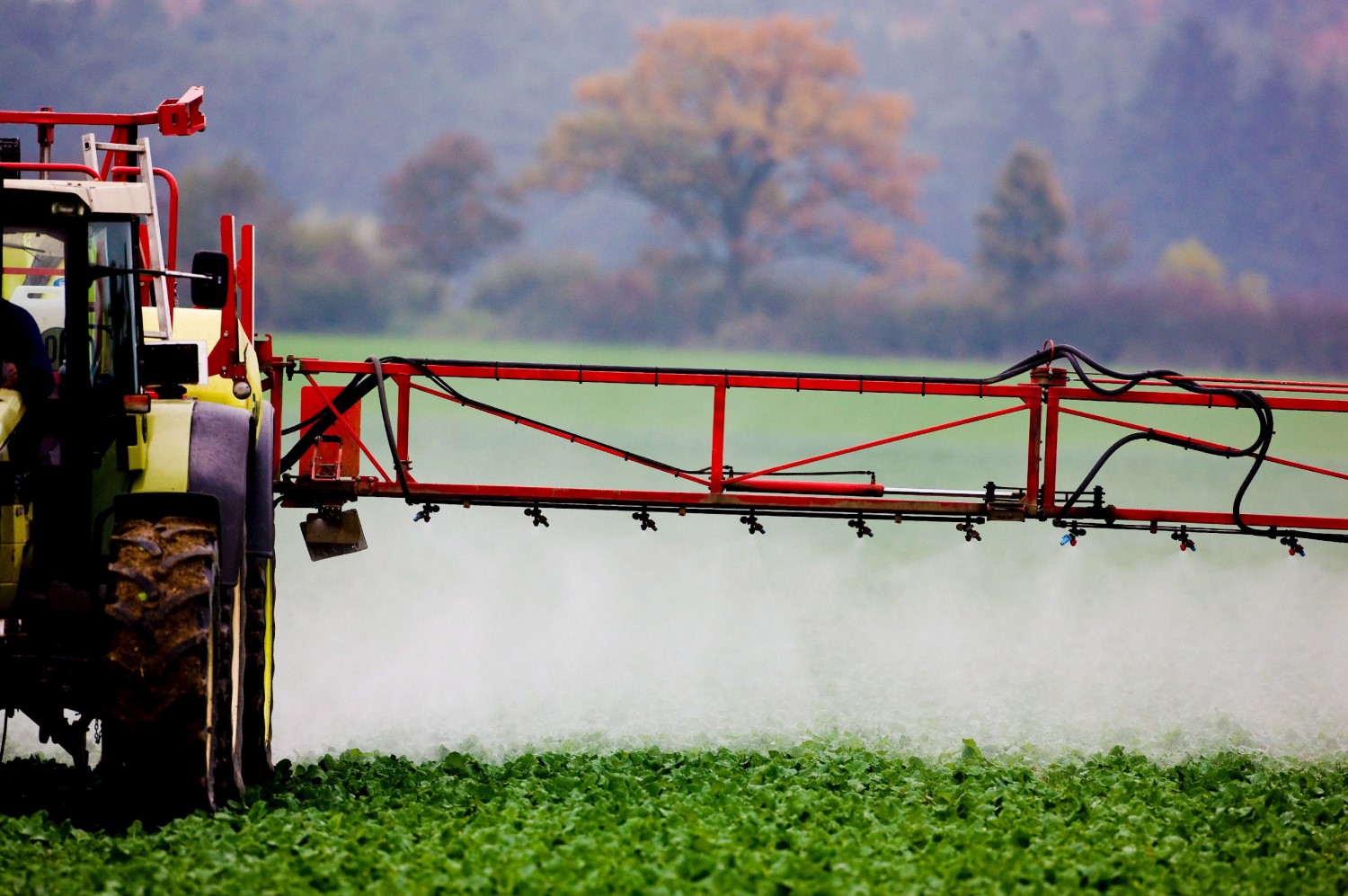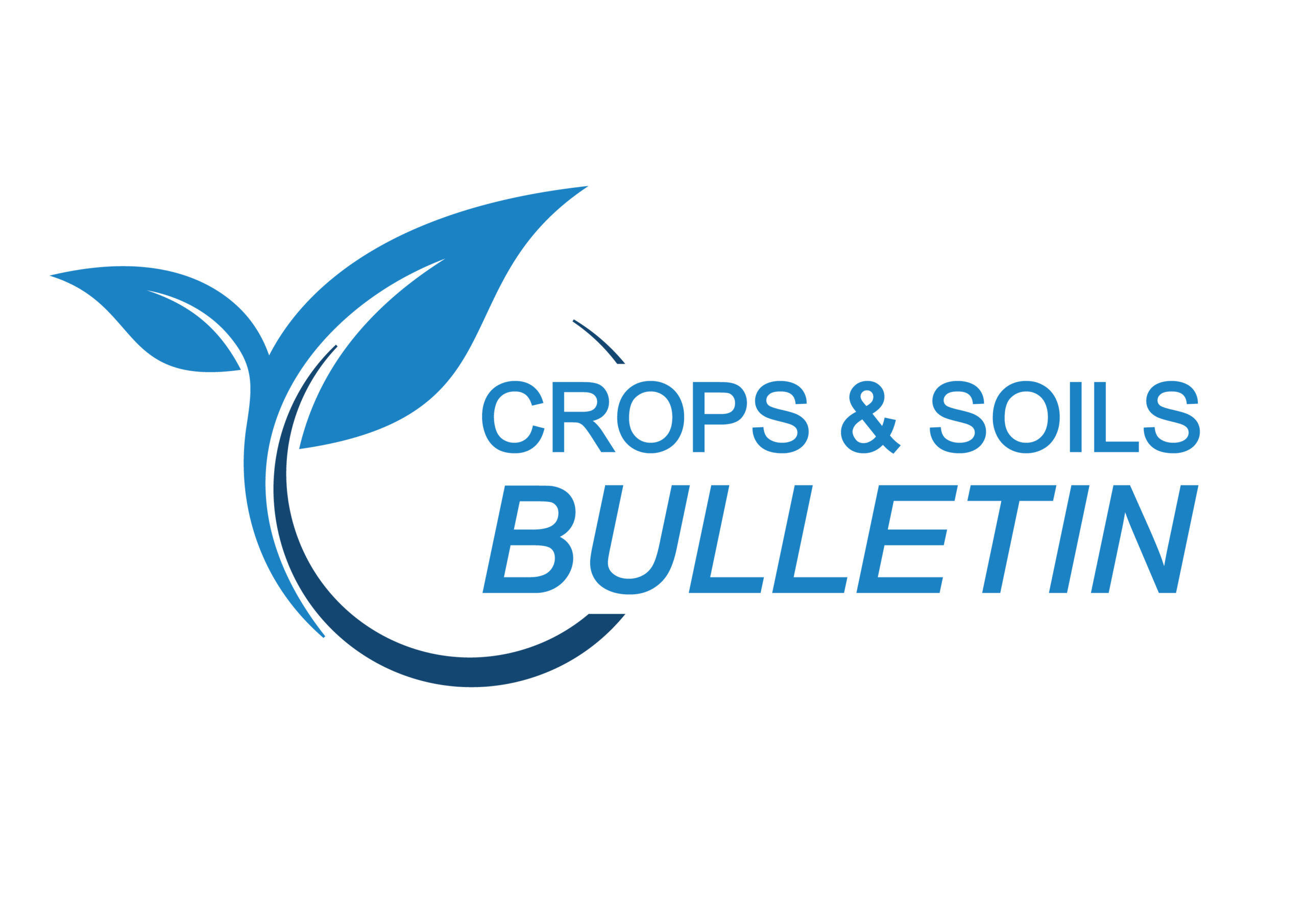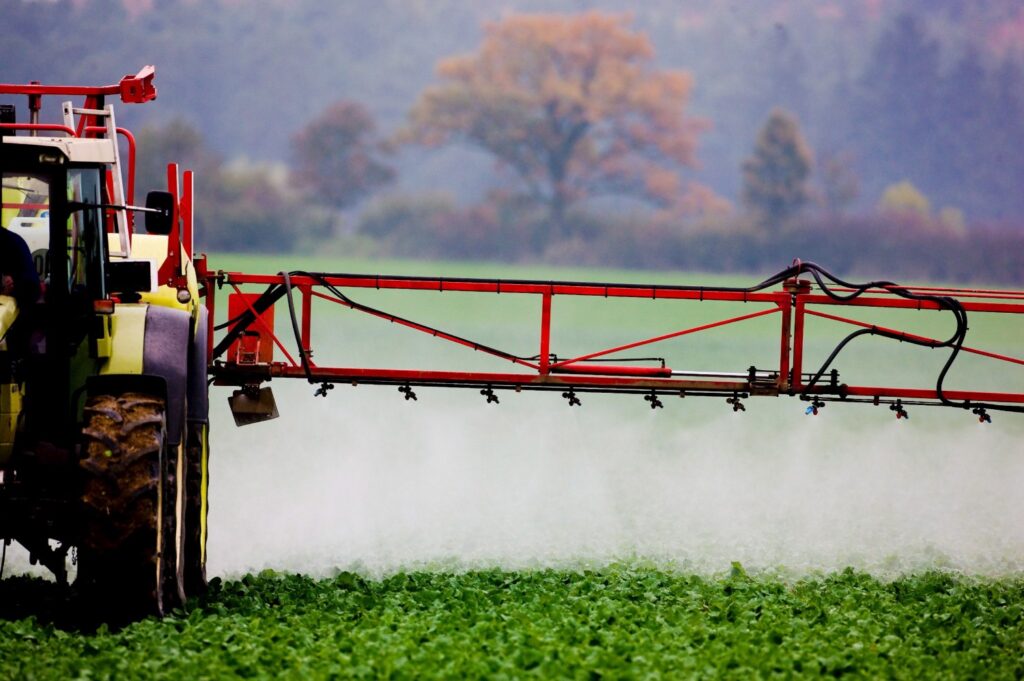How To Get Weed Control Off To The Best Possible Start
26 September 2023Autumn weed control is extremely important in winter cereals, preventing weeds from becoming established and competing with the crop. Chemical options are of course part of this however there also a range of cultural control methods that should be adopted first and foremost. With fewer active ingredients and increasing resistance issues with remaining actives, reducing the reliance on herbicides is not only good practice from an agronomic point of view but also best for the environment. While both broadleaved and grassweeds can be targeted, autumn offers the best opportunity to control grassweeds. A follow-up herbicide may still be required to tidy up spring germinating broadleaved weeds, though this should be relatively inexpensive and capable of being tank mixed with other sprays.
Use IPM principles first
Approaching autumn weed control using Integrated Pest Management in the first instance can play a big part in the effectiveness of overall control. Can a stale seed bed be used, to let an initial chit of weeds be destroyed before sowing? Other cultural control methods include the use of ploughing, particularly where more challenging grassweeds are an issue. Increasing the seed rate can help make the crop more competitive along with varietal choice, with some varieties better able to compete with weeds. Use records and experience to identify what the main weeds are that cause a problem in a field. This information can be used to choose the best herbicide and active ingredients for the application. Different chemicals have different spectrums of weeds controlled, so working with your agronomist or advisor can pay dividends by choosing the best chemicals for your situation. A mix of modes of action can also help prevent issues with resistance, particularly in more challenging grass species. Sowing date also plays a role with early sown crops more likely to find weed control challenging and requiring greater persistency of herbicide control, although later sowing could see opportunities for application more limited due to the weather, so again knowledge of the field, soil type and likelihood of problems with ground conditions are important.
Consolidate the seed bed to give sprays the best chance of success
As autumn progresses the weather can make establishment difficult with seed beds being much more cloddy and uneven than desired. Where possible, seed beds should be rolled after drilling to break down clods to provide a fine, consolidated surface, giving the spray the best chance to cover the whole surface so that as many emerging weeds as possible come into contact with the herbicide. Rolling can also help protect crops from herbicide damage by levelling the soil to help cover the shallower drilled areas and helping close up any open drill slots, and ideally seeds should be covered with around 3 cm of soil.
Seed beds should also be free of trash and previous crop residues, which can prevent the herbicide from penetrating the soil.

Timeliness of application
Pre-emergence sprays should be applied as soon as possible after drilling, ideally within the first 48 hours to be most effective. Pre-emergence applications offer the best chance of controlling grassweeds in particular and most of the herbicides tend to be residual as opposed to contact in terms of action. They can also be very effective in early sown crops where the warmer soils offer both the crops and weeds alike the best conditions for establishment. This can also be an important timing in situations where ground conditions are likely to make spraying difficult in a wet autumn.
Herbicides will work best when there is some moisture in the soil as this allows the herbicide to move through the top layer of soil where weeds germinate and root. Having some moisture present also helps stimulate weed germination. Applications should be avoided if heavy rain is forecast as this can see the herbicide go deeper into the soil and reaching the crop as it begins to germinate. In very dry conditions it can make sense to delay the application, however delaying too long, particularly to the peri-emergence stage can lead to crop damage as the crop emerges from the soil with some active ingredients being much harsher at this stage than others. Delaying further to a true post-emergence application will help reduce the risk of crop damage over peri-emergence applications but the later timing means that the overall effectiveness of the application is compromised in terms of weed control and ground conditions may limit opportunities for application. Once again this is where working with your agronomist and advisor can pay dividends, particularly where there is a risk that applications may be applied to an emerging crop to reduce the risk of crop damage.
Make sure the chemical reaches the crop
Spray drift reduces efficacy as it means that not all the chemical has reached the target area. Not only does this lead to reduced weed control and is a waste of money but can also see the chemical reaching non-target areas, damaging sensitive crops. In addition, spray drift can cause diffuse pollution, causing damage to watercourses and habitats. Water quality in particular is never far from the spotlight and even trace levels of active ingredients can be detected. This can damage farming’s image and lead to further political and public pressure on the use of chemicals and even lead to the loss of valuable active ingredients.
- Make sure equipment is well maintained and fit for purpose - remember the sprayer has to provide a stable platform for the boom, which itself should be checked over in terms of suspension, nozzles and pipework.
- Keep forward speed below 12km/hour- the higher the speed, the greater the likelihood of turbulence leading to more drift. Higher speeds can also impact on boom stability and height, again leading to increased drift.
- Keep an eye on wind speed, ideally spraying should take place when there is a light breeze when wind speed is between 2-4 miles per hour (Force 2 on the Beaufort scale). If wind speed is too high, this can lead to droplets reaching non-target areas and crops. Conversely, if conditions are too still, there is a risk of temperature inversions incurring, where spray droplets can remain suspended in the still air.
- Boom height should be kept low- keeping the boom at 50cm above the ground or crop allows optimum coverage and reduces the risk of drift.
- Nozzle choice- the correct nozzle ensures that not only is drift reduced but optimum spray quality and coverage is achieved. A coarser spray may be preferred when applying pre-emergence sprays and alternating the direction of angled nozzles can allow better coverage, reaching areas shaded by clods. When spraying near to watercourses the advent of LERAPs and the star rating for nozzles means that 3 or 4 star nozzles can reduce drift by 75% and 90% respectively at lower pressures. Increasing the pressure however will increase the risk of drift however even with 3 or 4 star nozzles. There are also numerous nozzles now available that are designed specifically for pre-emergence applications, and these should be used for best results. Operators should consult product labels before use to ensure the correct water quality protection measures are undertaken.
- Spray volumes will affect efficacy of application. While reducing the spray volume can bring logistical benefits, there is a trade off in terms of spray coverage. Product labels should always be consulted, with some products prohibiting reduced volume applications.
Successful weed control in winter cereals requires growers to consider a range of different approaches. Cultural control methods should always form the cornerstone of any weed control strategy and indeed give chemical applications the best opportunity to be effective.
George Chalmers, SAC Consulting
Sign up to the FAS newsletter
Receive updates on news, events and publications from Scotland’s Farm Advisory Service


